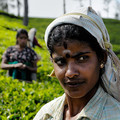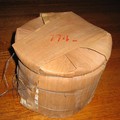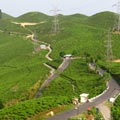Quotes - Mushroom - Jin Cha
„Mushroom shaped tea appeared in 1912. It was invented at that time in order to prevent the tea from going mouldy during the transportation. It was produced in Xia-Guan and Fo-Hai (two cities in south China) with the trademark "Bao-Yan". The production was then stopped in 1966. In 1986, the production was resumed due to the request of Buddhists in Tibet.“
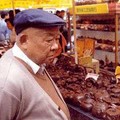
Quotes Tags: Pu-erh, Mushroom - Jin Cha, Tea production, China
„Pu-erh shape - Mushroom - Literally meaning "tight tea," the tea is shaped much like túocha, but with a stem rather than a convex hollow. This makes them quite similar in form to a mushroom. Pu'er tea of this shape is generally produced for Tibetan consumption, and is usually 250g or 300g.“
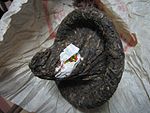
Quotes Tags: Pu-erh, Mushroom - Jin Cha
Teas
2007 Longyu Brand Bulangshan Jin Cha Ripe
 1 review
1 reviewJin Cha(mushroom) is especially for Tibetan market, used to be mixed with milk, it is very helpful for the...
Lao Banzhang 2004 Bamboo Tube
 1 review
1 reviewLao Banzhang 2004 is a pu-erh pressed into bamboo tubes. Mighty and rich tea soup reminds us its great...
2007 Banzhang Tuocha Certified Organic Raw
 1 review
1 reviewThis tuo is composed from spring material from Menghai area (most from Bulang mountain) and from different...
Theme
Tea by region
We will help you with tea selection.
Do you like quality loose tea?
We will help you to find the right one for you. Be inspired by tea ratings of other tea lovers. Rating stars could help you.


Review your cup of tea.
Review the tea you are drinking and help other tea lovers to find the right cup of tea.



Quotes
„Zhang Ziyang’s Alchemical Directions says, “To use things to refine the mind, there is nothing else to do but not keep things on your mind; then complete serenity is possible.“ “



 Shops
Shops Share on Facebook
Share on Facebook






